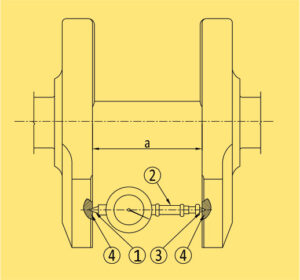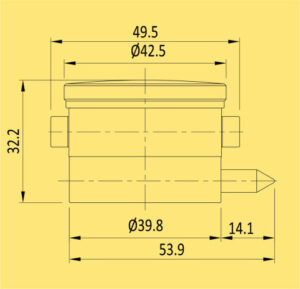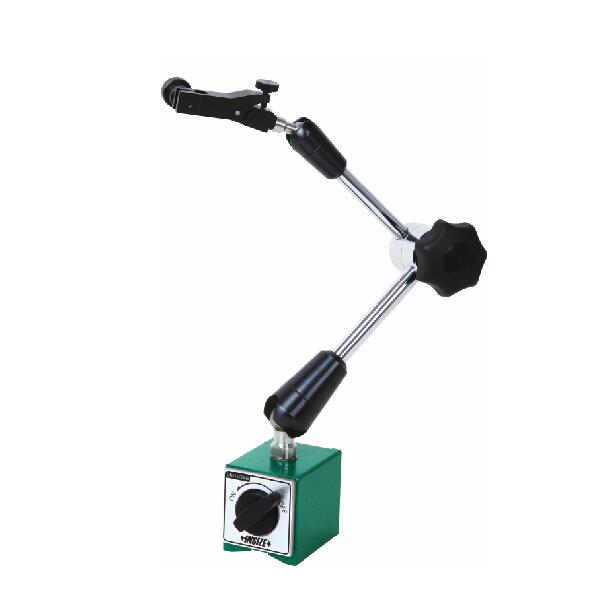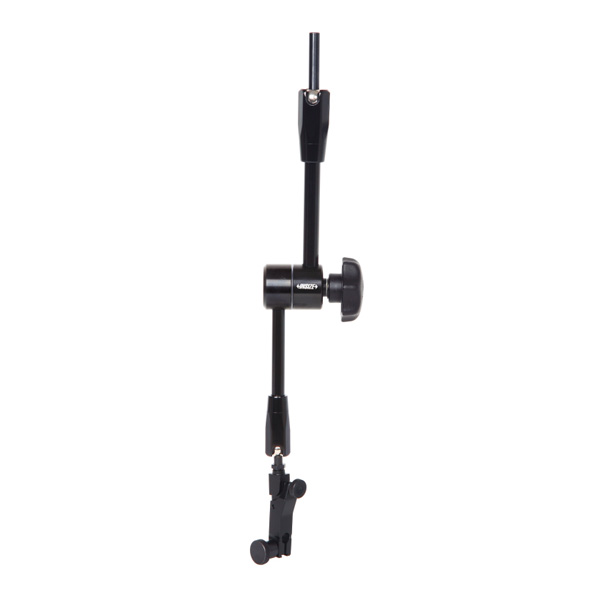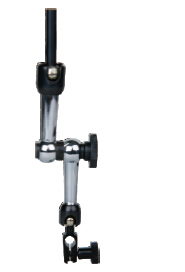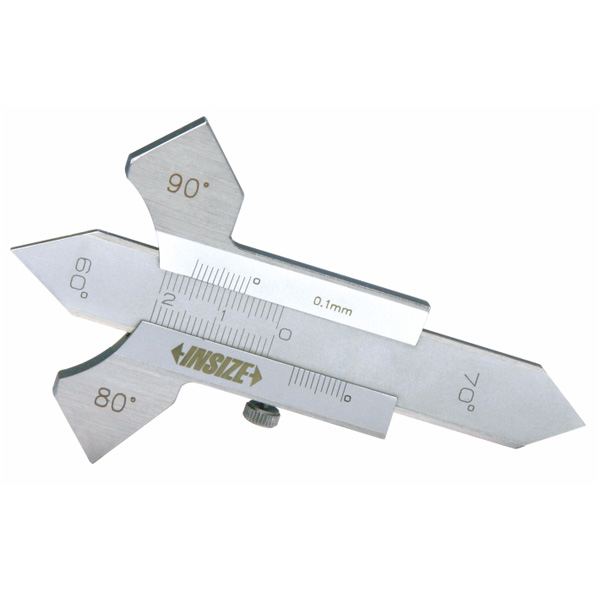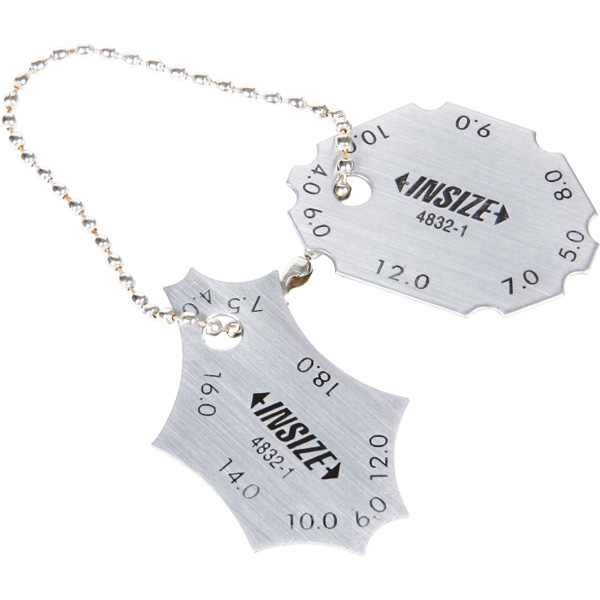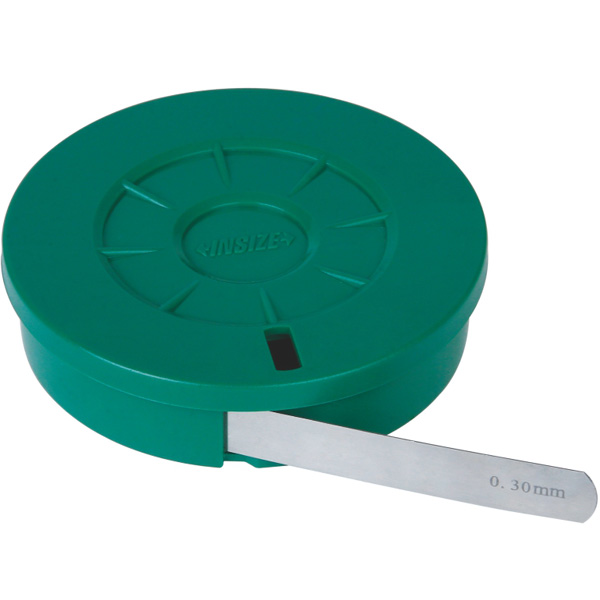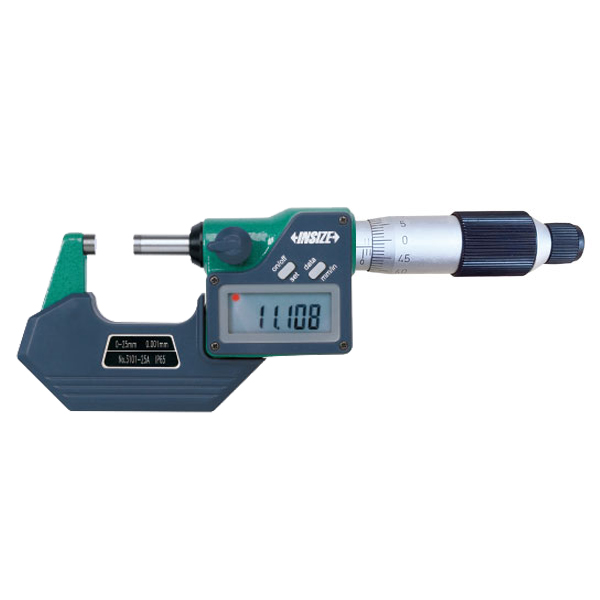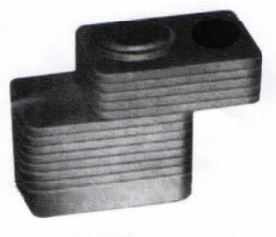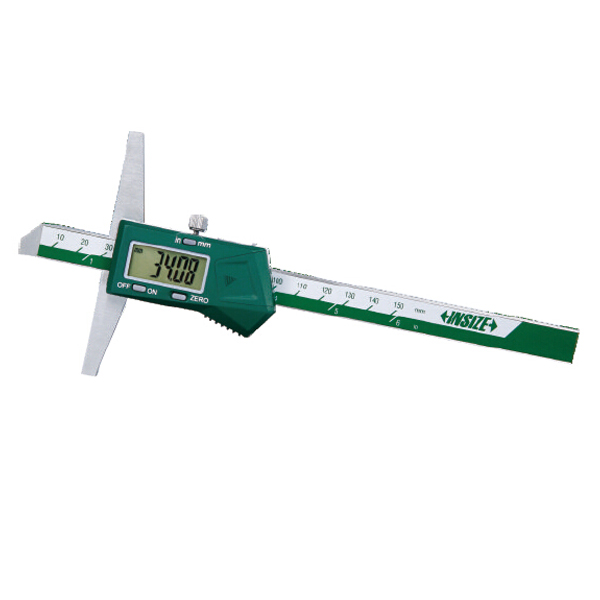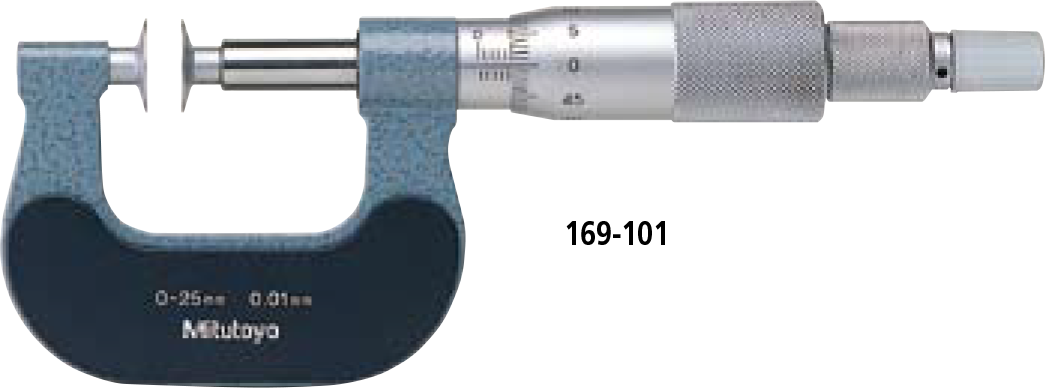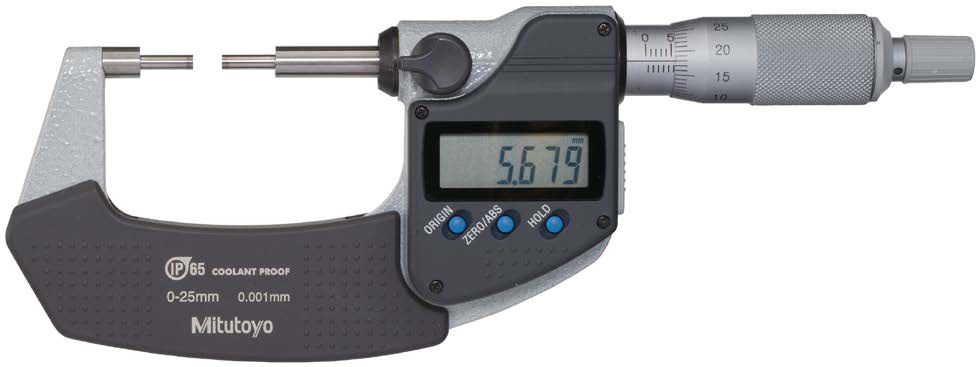Call Us: +91-7410524141
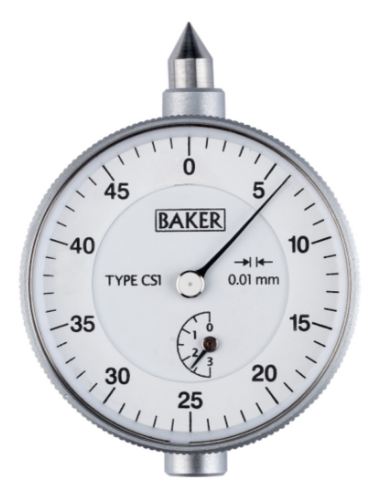
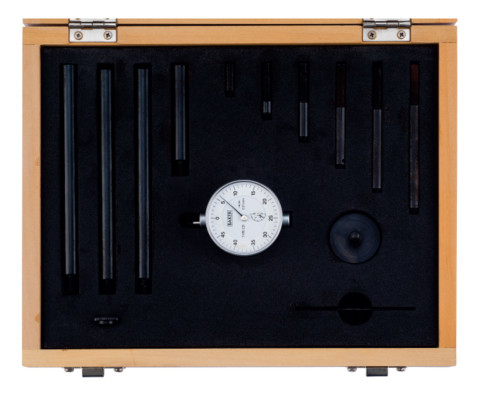
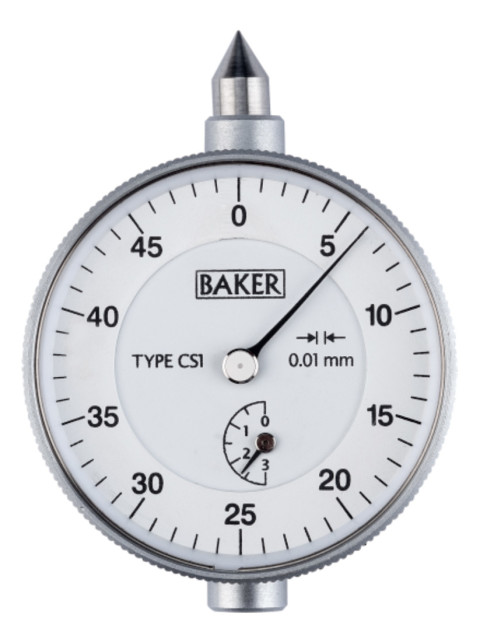
BAKER CRANKSHAFT WEB DEFLECTION GAUGE
Excessive web deflection is dangerous for the engine. The cause may be faulty or damaged crankshaft, damaged bearing, poor bearing alignment, excessive bearing clearance or slackness, faulty flanging to transmission, flywheel or Vee Belt pulley, etc.| Type | Reading | Range | Graduation |
|---|---|---|---|
| CS1 | 0.01mm | 60-600 mm | 0-50 |
| CS2 | 0.0005″ | 2.4-23.6″ | 0-20 |
| CS3 | 0.01mm | 60-600 mm | 0-25-0 |
| CS4 | 0.0005″ | 2.4-23.6″ | 0-10-0 |
HOW TO USE BAKER CRANKSHAFT GAUGE?
- Determine the distance (a) between two Webs. Assemble the extension (2) and fixed gauging point (3) and screw this assembly into the threaded bush of the dial gauge unit opposite to live point (1). Overall length from tip of fully extended live point (1) to tip of fixed point (3) should be about 1 to 2 mm greater than web distance (a)
- The back of the dial Gauge unit takes the balance weight to keep the dial facing upward while the Gauge is suspended between the webs during Crankshaft rotation. Use center bush for horizontal upward position and outer bush for inclined upward position. Without balance weight, the indicator adopts a face down position
- Place the Gauge between webs of Crankshaft so that gauging points are located in punch holes (4), center punched where measurement of deflection is required. First, place spring loaded live point (1) in one of the two punch holes (4), then locate fixed point (3) in other punch hole
- Set dial pointer to 20 on (metric) dial by rotating the indicator bezel. Turn Crankshaft by hand & observe pointer movement on dial
- Read deflections at various positions of the crankshaft revolution as set out in manufacturer’s inspection procedure
- Every gauge carries a calibration certificate giving actual values
- Crankshaft Gauge measures the Web deflection of a crankshaft
- The BAKER Crankshaft Gauge is developed to identify and avoid the problems mentioned above
- The Gauge covers web-to-web distance of 60-600 mm
- Supplied in a sleek wooden box
- Gauge contacts are pointed & fit into dimples in the webs. A heavy spring pressure ensures that the Gauge is restrained but is free to turn in relation to the crankshaft. An adjustable balance weight restrains the Gauge against rotation of the crankshaft, so that the dial always faces the inspector


